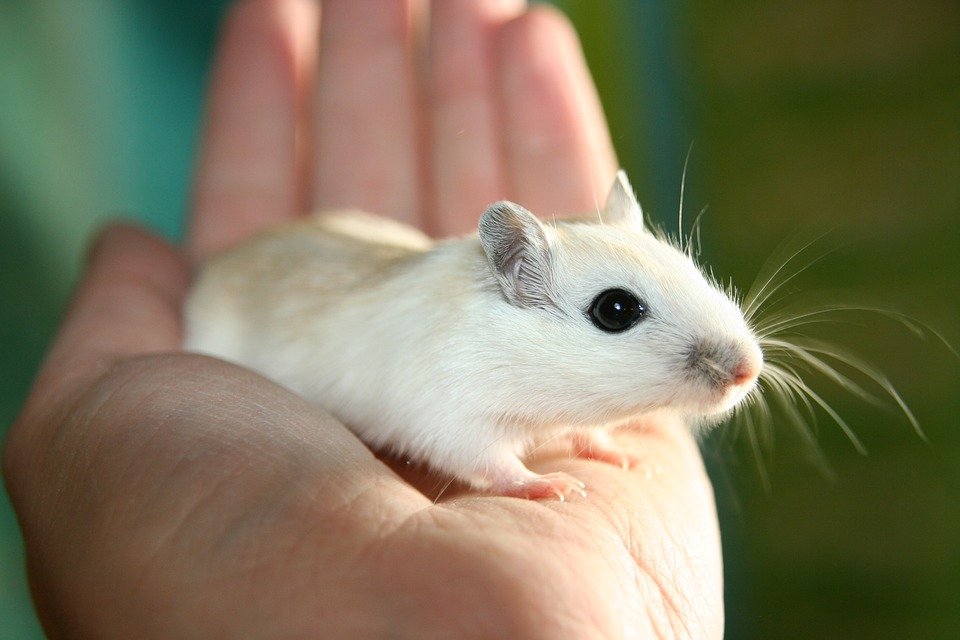Sterile mice becomes fertile through stem cell therapy
May 24, 2017 | Wednesday | News
Biologists at Shanghai Jiao Tong University in China found that germ line stem cells can restore fertility when transplanted into other mice. However, such a therapy is said to have a long way to go before it could help humans.
Sterilized female mice produced healthy babies after receiving a transplant of egg-generating stem cells from another mouse. It was reported in Molecular Therapy that if such a procedure worked in humans, although a distant prospect, it could help women with early menopause or chemotherapy induced infertility to conceive.
Developmental biologist Ji Wu and her colleagues at Shanghai Jiao Tong University in China took germ line stem cells from the ovaries of a 6-day old mouse, cultured them in a petri dish, and then transplanted those cells into the ovaries of sterilized adult mice. There, the stem cells gradually moved to a spot just under the ovary’s surface, where they settled down and turned into eggs.
Five to eight weeks after the transplant, Wu and colleagues mated those mice with healthy males. Six of the eight stem cell recipients became pregnant, and went on to deliver healthy baby mice with normal-looking chromosomes.
The results show that germ line stem cells can indeed restore fertility when transplanted into other mice. However, such a therapy is said to have a long way to go before it could help humans. In an additional evidence, germ line stem cells collected from a very young female mice can still turn into viable eggs.
The fact that germ line stem cells can help sterile mice conceive marks a big step forward. Other projects are seeing similar positive results. Researchers at Children’s Hospital, Philadelphia developed an artificial womb that was used to save the lives of premature infants. In addition, news broke about a 3-D printed ovary which successfully produced healthy mouse pups.










